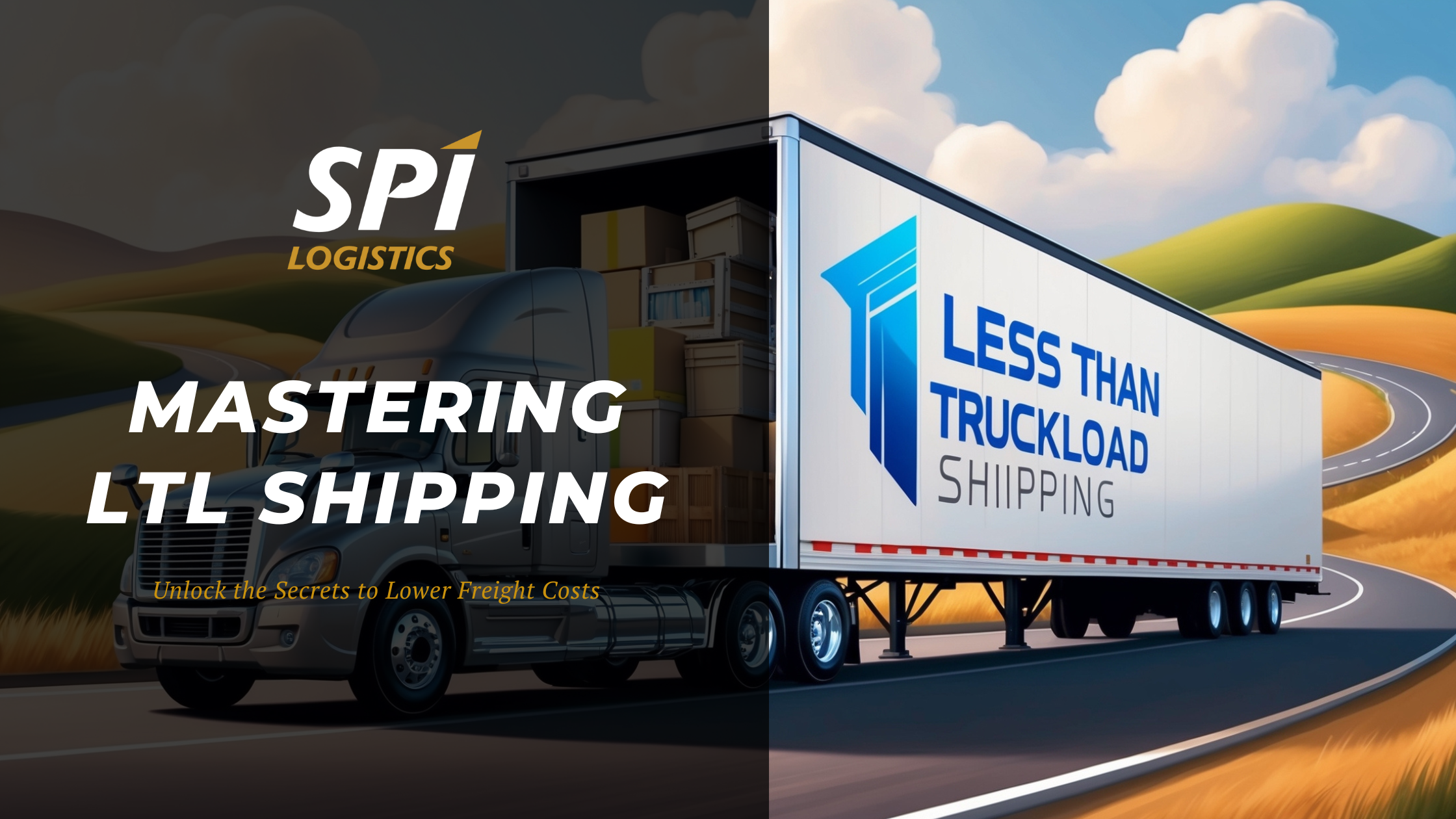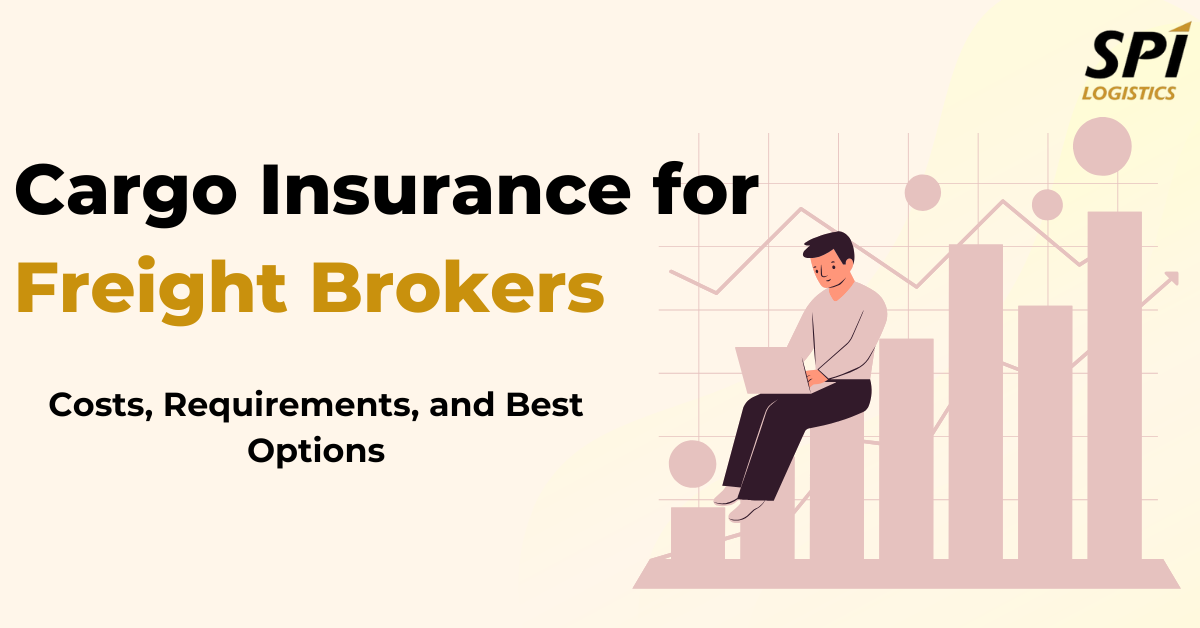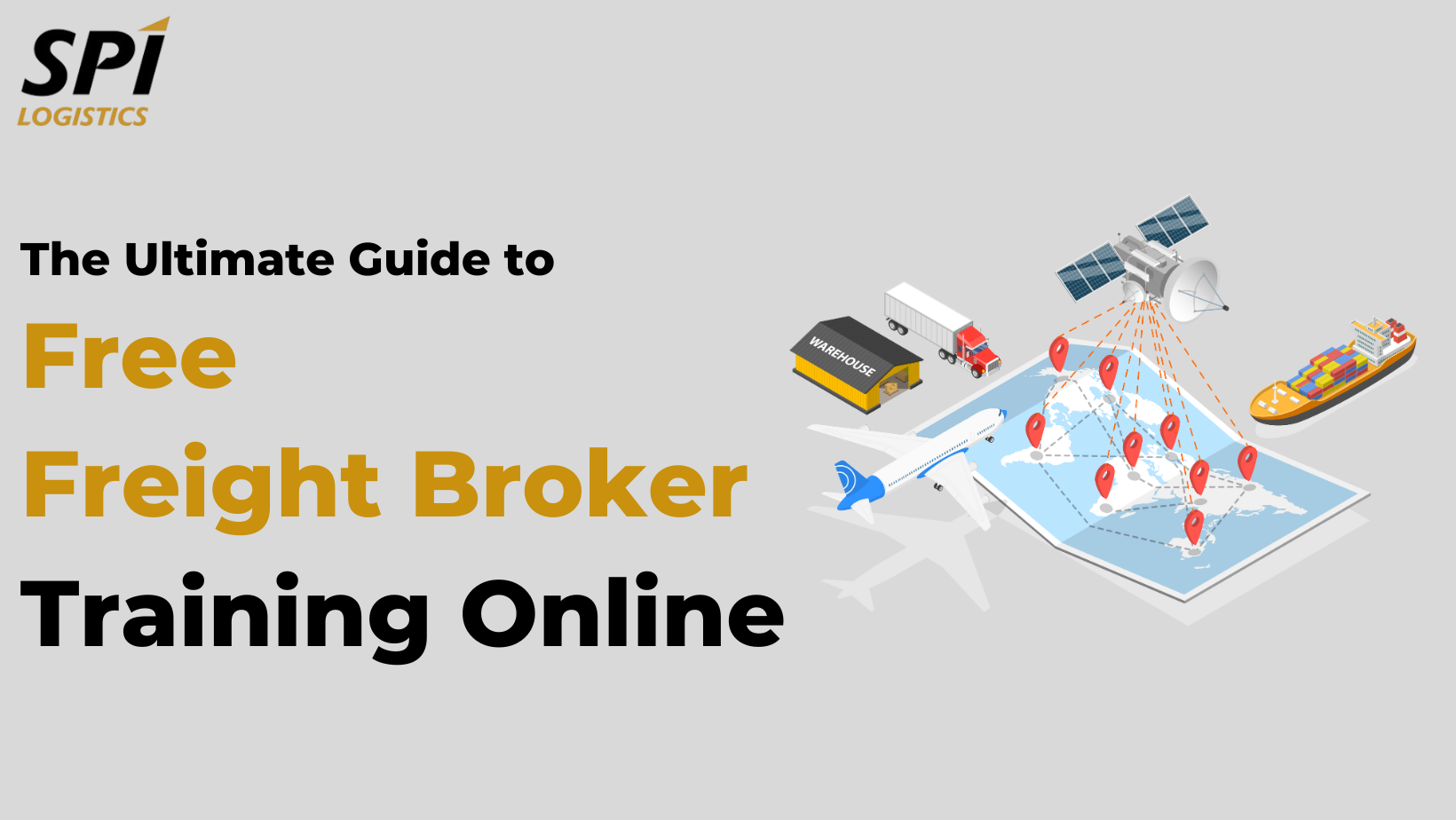Shipping costs are a primary concern for logistics professionals. One of the most common questions you might ask is, How do I get the best deal on Less Than Truckload (LTL) shipping? In this article, we’ll explore the factors influencing LTL shipping rates and provide practical tips for managing costs, ensuring you secure the best rates for your business.
What is LTL Shipping?
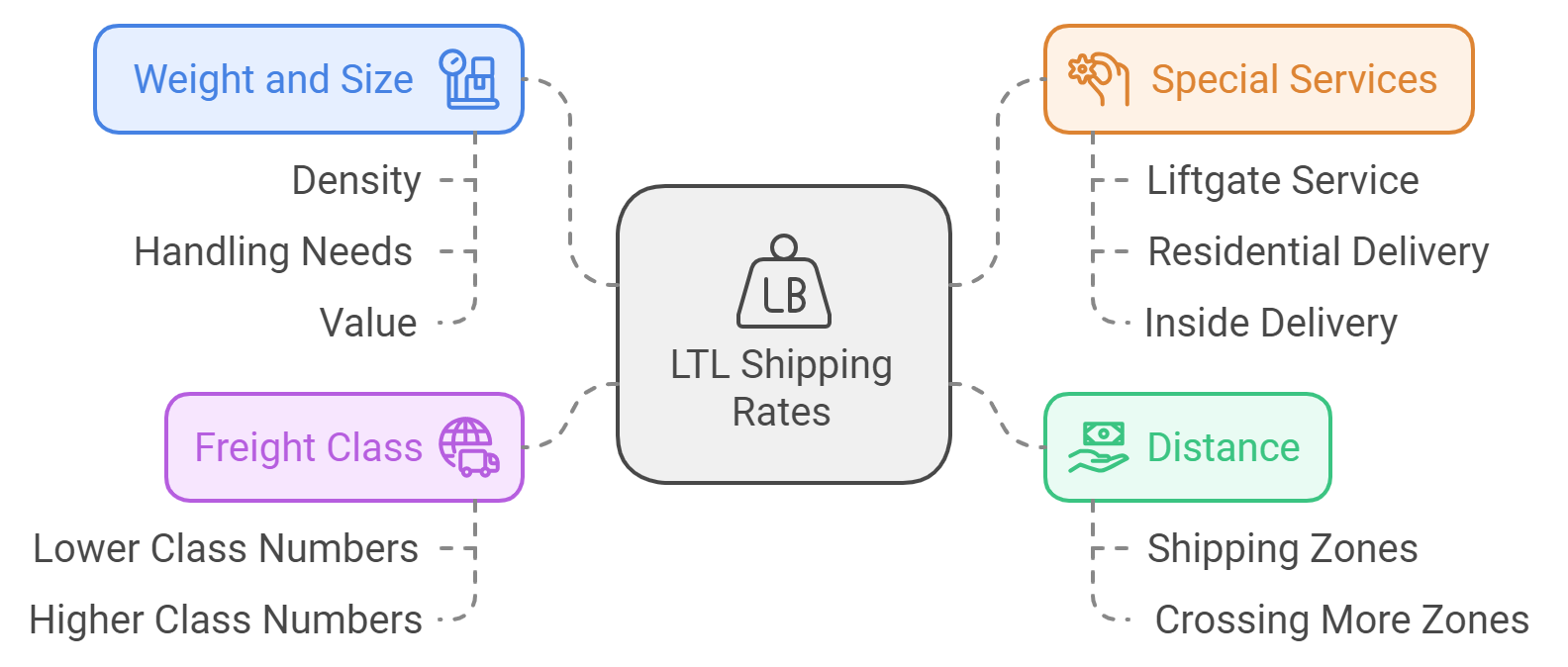
LTL shipping rates are influenced by various factors, making it essential to understand what goes into a rate quote. Here’s a breakdown:
- Weight and Size: Larger and heavier shipments will incur higher costs. LTL pricing is typically determined by freight class based on density, handling needs, and value (National Motor Freight Traffic Association [NMFTA], n.d.).
- Distance: The farther your shipment needs to travel, the higher the cost. Carriers calculate shipping zones, and crossing more zones increases rates (uShip, n.d.).
- Freight Class: The National Motor Freight Classification (NMFC) assigns a class to your shipment. Lower-class numbers cost less, while higher-class numbers are more expensive (uShip, n.d.).
- Special Services: Add-ons such as liftgate service, residential delivery, or inside delivery can significantly increase your LTL shipping price (Freightquote, n.d.).
“Understanding how weight, distance, and freight class impact your LTL shipping rates can help you control costs.”
How to Get the Best LTL Shipping Rates
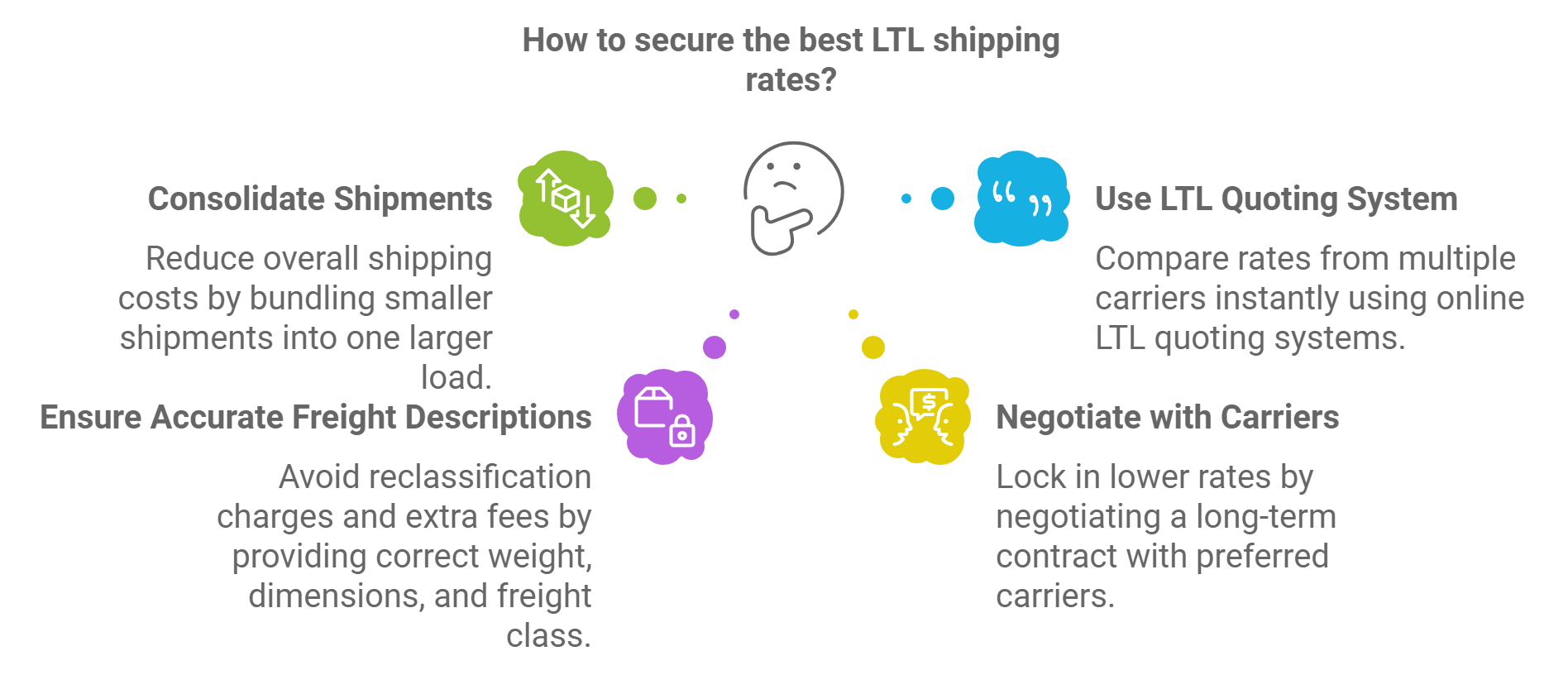
Securing the best LTL shipping rates doesn’t have to be complicated. Here are a few tips to help you manage your costs:
- Consolidate Shipments: Bundling smaller shipments into one more enormous load can help you reduce your overall shipping costs (Freightquote, n.d.).
- Use an LTL Quoting System: Online LTL quoting systems allow you to instantly compare rates from multiple carriers and find the best deal quickly (FreightRun, n.d.).
- Ensure Accurate Freight Descriptions: Provide correct weight, dimensions, and freight class to avoid reclassification charges and extra fees (FedEx, n.d.).
- Negotiate with Carriers: If you frequently ship goods, negotiating a long-term contract with preferred carriers can lock in lower rates (Freightquote, n.d.).
- Ship to Commercial Addresses: Residential deliveries tend to cost more. Whenever possible, ship to a business location (Freightquote, n.d.).
Are you ready to take control of your LTL shipping costs? Start using an LTL quoting system today for instant access to competitive rates!
Challenges in Finding Cheap Freight Delivery
One of the more frustrating aspects of freight shipping is the variability in pricing. You may find a great deal one day, only for rates to spike the next. Common challenges include:
- Market Fluctuations: Fuel prices, driver shortages, and seasonal demand can all affect freight costs (Freightquote, n.d.).
- Accessorial Fees: Additional services like liftgate or inside delivery can significantly increase the cost of shipping (Freightquote, n.d.).
- Carrier Availability: The cheapest LTL freight carriers may not always be available, especially during peak shipping times (uShip, n.d.).
But the good news is that you can mitigate these challenges with proper planning and the right tools.
“Cheap freight rates are achievable with the right planning, tools, and negotiation strategies.“
Leveraging LTL Quoting Systems to Save Money
Using an LTL quoting system is a simple way to manage your shipping costs effectively. These systems provide real-time rates from multiple carriers, making it easy to compare options and choose the best deal.
Here’s how it works:
- Enter Shipment Details: Input your freight’s weight, dimensions, and destination into the LTL quoting system (FreightRun, n.d.).
- Receive Instant Quotes: Instantly compare quotes from various carriers and select the one that offers the best value (FedEx, n.d.).
- Book and Track: Once you’ve selected a carrier, you can book and track the shipment until delivery (FreightRun, n.d.).
This process saves you time and ensures you get the best possible LTL rates for each shipment.
Want to save on your LTL shipping? Sign up today for access to a reliable LTL quoting system.
Common Questions About LTL Pricing
Do you still have questions? Here are answers to some of the most frequently asked questions about LTL pricing:
-
How much does LTL shipping cost?
LTL shipping rates vary widely, from as low as $50 to upwards of $5,000, depending on factors like distance, weight, and additional services (uShip, n.d.). -
What is the cheapest LTL freight shipping option?
To find the cheapest option, use online platforms that compare rates from multiple carriers (FreightRun, n.d.). -
How can I ensure the best LTL rates?
Consolidating shipments, using an LTL quoting system, and negotiating long-term contracts with carriers can secure the best LTL rates (Freightquote, n.d.).
Becoming an independent freight agent offers a lucrative opportunity for a growing career and a high income. However, you need to have the right skills to be successful, and to do so, you need to find the right program.
By following the tips in this guide, you should be able to find the perfect program for you. For additional help and to make the decision easier, SPI Logistics can help. We’re a 3PL company with a wide range of quality resources to kick-start your career.
Get in touch with one of our experts today to get started.
Take Control of Your LTL Shipping Costs
LTL shipping rates can be managed effectively with the proper knowledge and tools. By understanding the factors that influence rates, using a quoting system, and negotiating with carriers, you can find the best shipping options for your business.
Ready to reduce your shipping costs? Try our LTL quoting system today and start saving on every shipment!
You’ll manage costs and improve your shipping strategy by staying informed and proactive.
References
FedEx. (n.d.). FedEx LTL Select. Retrieved from https://www.fedex.com
Freightquote. (n.d.). LTL freight rates and quoting. Retrieved from https://www.freightquote.com
FreightRun. (n.d.). LTL freight quote calculator. Retrieved from https://www.freightrun.com
National Motor Freight Traffic Association. (n.d.). Freight classification guide. Retrieved from https://www.nmfta.orguShip. (n.d.). LTL shipping rates. Retrieved from https://www.uship.com

